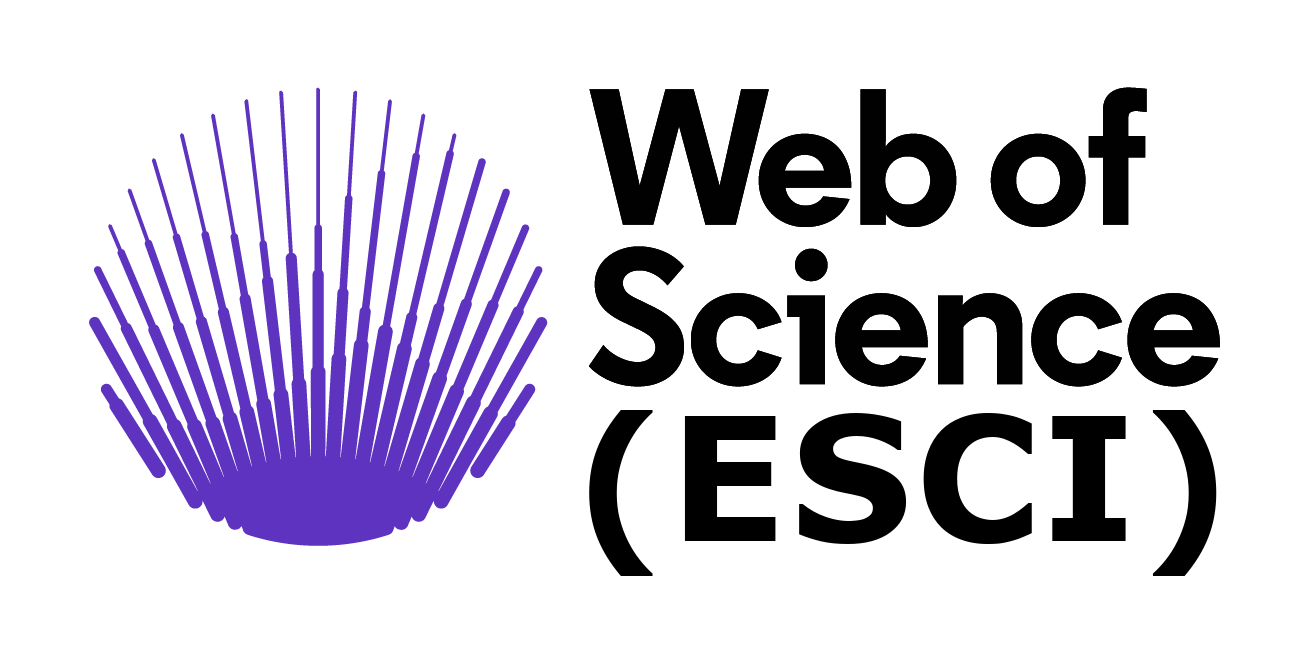Modeling and Simulation of the Robot Mitsubishi RV-2JA controlled by electromyographic signals
DOI:
https://doi.org/10.29019/enfoqueute.v9n2.326Keywords:
Surface electromyography, Hardware in the loop, artificial neural network, Robot Mitsubishi RV-2JA, Myo.Abstract
The aim of this work is control the Mitsubishi RV-2JA Robot using sEMG surface electromyographic signals. The sEMG signals were obtained from the hand through a Myo bracelet with surface sensors. Myo surface sensors are able to detect the electromyographic signals generated by the muscles. The integration of the system was performed in Matlab's Simulink platform to process, identify, validate and control the robot through the electromyographic signals. The hand gestures analysis was performed using a temporal approximation that allowed the extraction of characteristics of the signals. It was determined that the parameters Electromyographic Integrated, Mean Absolute Value, Quadratic Mean and Variance have direct correlation with the type of Hand movement. In order to classify the first movements like spread fingers, wave right, wave left, elder and voor, we used 6 neural networks, which allow to activate 3 degrees of freedom of the robot. For the integration and verification of the real-time system, the hardware in loop simulation (HIL) was applied. This simulation allowed the execution of the plant model, the connection with the appropriate control and communication system to verify that the system controls the robot.
Downloads
References
Bonilla, V., Lukyanov, Y., Anatolevich, L., Anatoly, V., & Alekseevich, D. D. (2015). Identificación de parámetros cinemáticos del movimiento del codo utilizando tecnologías de redes neuronales artificiales. Boletín de la Universidad Técnica del Estado de Don, 15(1 (80)).
Cipriano, M. (2014). Antropología física.
Ferguson, S., & Dunlop, G. R. (2002). Grasp recognition from myoelectric signals. Paper presented at the Proceedings of the Australasian Conference on Robotics and Automation, Auckland, New Zealand.
Forsberg, K., Mooz, H., & Cotterman, H. (2005). Visualizing project management: models and frameworks for mastering complex systems: John Wiley & Sons.
Gauchía Babé, L. (2008). Modelado y simulación HIL (hardware-in-the-loop) de un sistema pila de combustible-batería.
Hoyo, A., Reyes, O., Rebolledo, A., & Espinoza, L. (2009). Simulación de robots con Matlab y Simulink en escenarios virtuales 3D. Paper presented at the I Congreso Iberoamericano de Enseñanza de la Ingeniería.
Isermann, R. (1996). Modeling and design methodology for mechatronic systems. IEEE/ASME Transactions on mechatronics, 1(1), 16-28.
Litvin, A., Lukyanov, E., Bonilla, F., & Deplov, D. (2014). EFFECT OF KINEMATIC PARAMETERS OF ELBOW MOTION ON BICEPS ELECTROMYOGRAPHIC SIGNAL. Vestnik of Don State Technical University(14), 8.
Morais, G. D., Neves, L. C., Masiero, A. A., & de Castro, M. C. F. (2016). Application of Myo Armband System to Control a Robot Interface. Paper presented at the BIOSIGNALS.
Ramos, M., Betancourt, Á., Vázquez, G., Hernández, E., & Juárez, L. (2011). Detección y Acondicionamiento de Señales Mioeléctricas.
Sánchez, N. M. C. (2016). Gesture classification based on electromyography.
Veer, K., & Sharma, T. (2016). A novel feature extraction for robust EMG pattern recognition. Journal of medical engineering & technology, 40(4), 149-154.
Downloads
Published
Issue
Section
License
The authors retain all copyrights ©.
- The authors retain their trademark and patent rights, as well as rights to any process or procedure described in the article.
- The authors retain the right to share, copy, distribute, perform, and publicly communicate the article published in Enfoque UTE (for example, post it in an institutional repository or publish it in a book), provided that acknowledgment of its initial publication in Enfoque UTE is given.
- The authors retain the right to publish their work at a later date, to use the article or any part of it (for example, a compilation of their work, lecture notes, a thesis, or for a book), provided that they indicate the source of publication (authors of the work, journal, volume, issue, and date).
























